Deciphering the ‘SPM AR6 WG1’ code
Real Climate
AUGUST 12, 2021
The problems with the SPM are similar those from the previous fifth assessment report which prompted me to write a post in 2013. I think in hindsight that my concerns from 2013 to some extent were supported by the fact that the IPCC organised an Expert Meeting on Communication, Oslo, Norway, 9–10 February 2016.


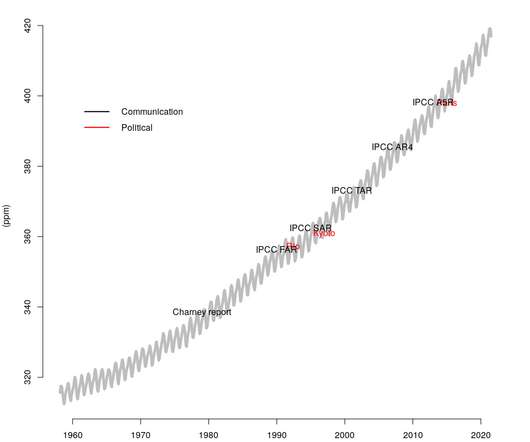
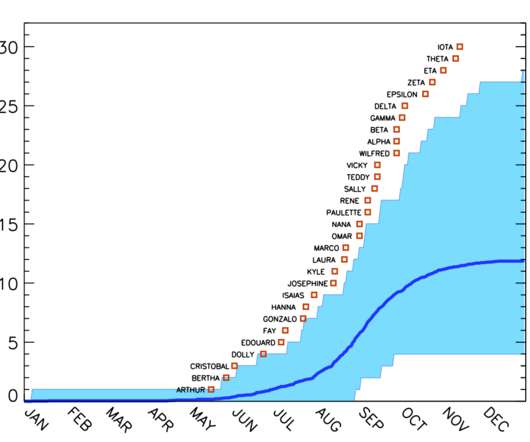
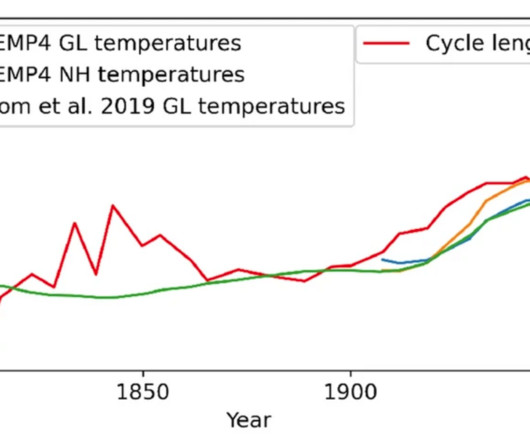
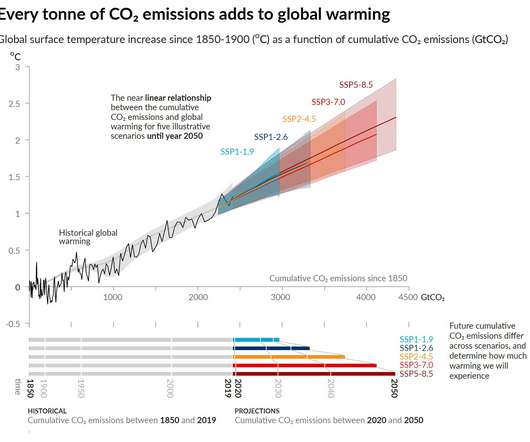
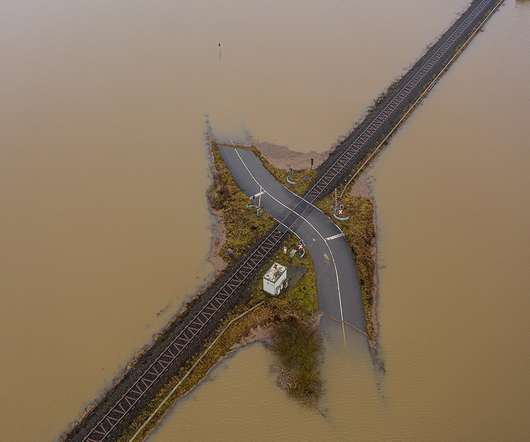
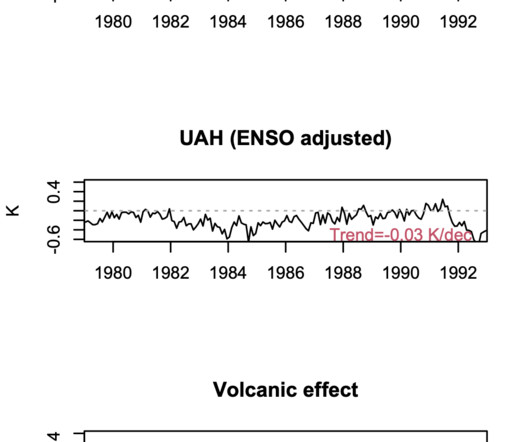
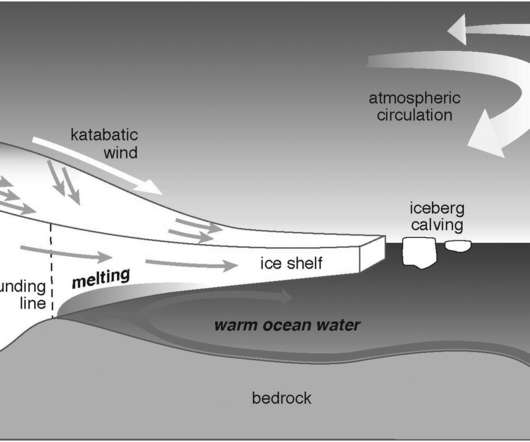
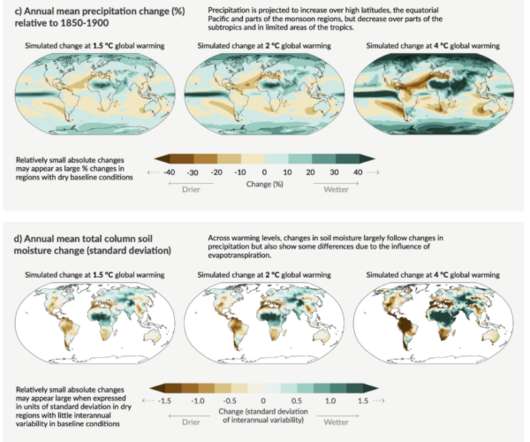






Let's personalize your content